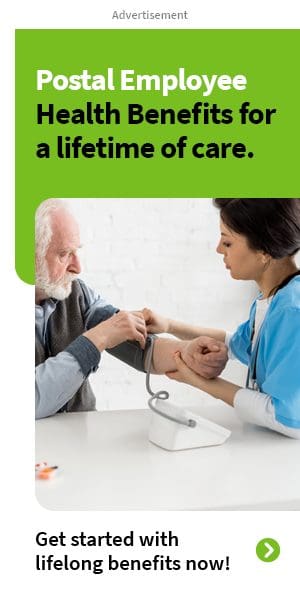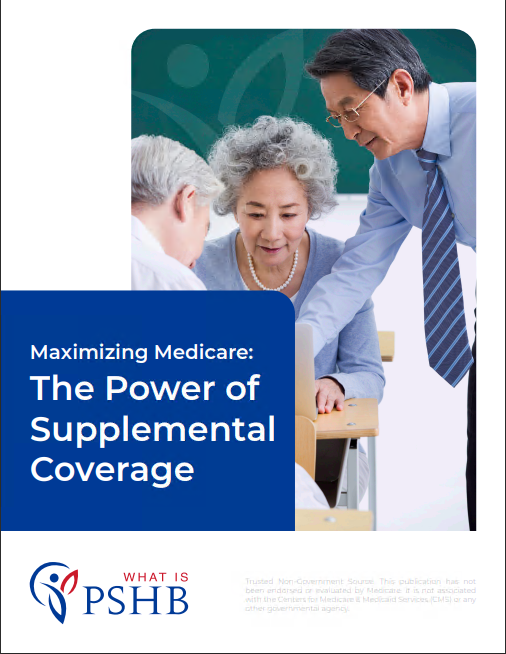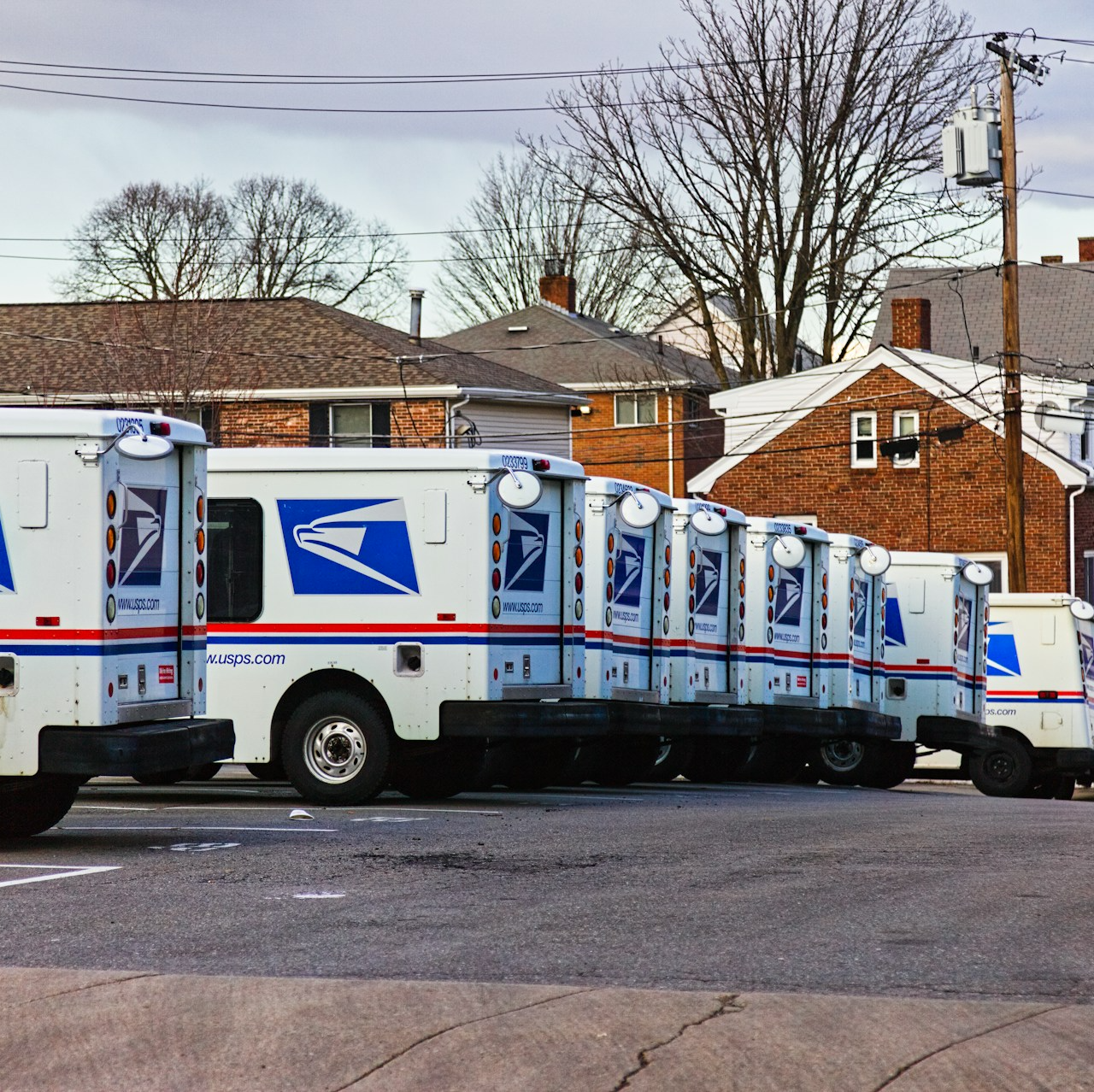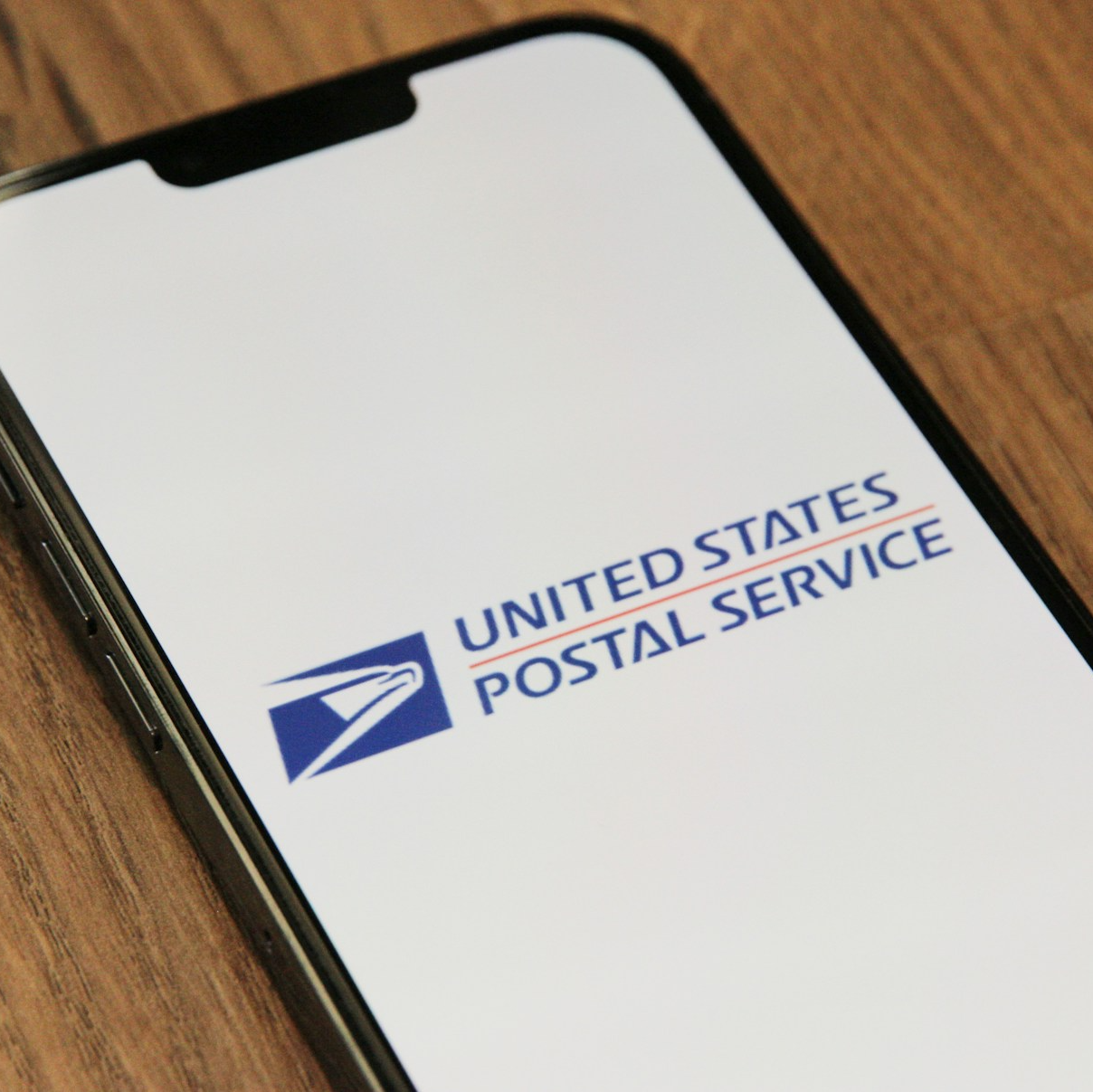Key Takeaways
-
The Postal Service Health Benefits (PSHB) program, launching in 2025, will replace FEHB for USPS employees, retirees, and their families, introducing significant changes to plan options and Medicare coordination.
-
Understanding PSHB’s requirements, deadlines, and family coverage options is essential for maintaining comprehensive health benefits.
A Closer Look at the 2025 PSHB Transition
Starting January 1, 2025, the Postal Service Health Benefits (PSHB) program will officially replace the Federal Employees Health Benefits (FEHB) program for USPS employees and retirees. This shift, while aimed at tailoring benefits specifically for postal workers, comes with a learning curve and potential challenges. Whether you’re actively employed or retired, you’ll need to navigate these changes to make informed decisions about your health coverage.
Let’s dive into the details of what this means for you and how to prepare.
Why PSHB Was Introduced
The PSHB program was created as part of the Postal Service Reform Act to ensure USPS-specific health insurance solutions. Here’s what’s behind the change:
-
USPS-Specific Needs: Unlike FEHB, PSHB focuses on addressing the unique challenges and health coverage requirements of postal workers and their families.
-
Streamlined Administration: The program simplifies administration by providing a separate system dedicated to USPS employees and retirees.
-
Medicare Integration: With PSHB, Medicare-eligible retirees must enroll in Medicare Part B to maintain their PSHB benefits, promoting cost-sharing between Medicare and the PSHB plans.
What Happens During the Transition?
As a USPS employee or retiree, here’s how the transition will unfold:
-
Automatic Enrollment: If you’re currently enrolled in an FEHB plan, you’ll be automatically enrolled in a corresponding PSHB plan unless you make changes during Open Season.
-
Notification Period: Ahead of Open Season, you’ll receive detailed information about your new PSHB options, including premiums, coverage details, and Medicare integration guidelines.
-
Open Season Opportunity: From November 11 to December 9, 2024, you can review and select from the available PSHB plans or confirm your automatically assigned plan.
Medicare Enrollment and PSHB: A Crucial Connection
For retirees, integrating PSHB with Medicare is essential to ensuring seamless and cost-effective health coverage. Here’s what you need to know:
-
Part B is Mandatory: Medicare-eligible retirees and their covered family members must enroll in Medicare Part B to maintain PSHB benefits. This rule applies unless you retired before January 1, 2025, and are not currently enrolled in Part B.
-
Medicare Enrollment Periods: Be mindful of enrollment timelines to avoid penalties. If you’re approaching 65, use your 7-month Initial Enrollment Period to sign up for Part B.
-
Enhanced Coverage: Combining Medicare with PSHB ensures coverage for services like hospital stays, outpatient care, and prescription drugs, reducing out-of-pocket expenses.
Deadlines to Keep in Mind
Staying on top of critical deadlines is vital during this transition. Here are the key dates:
-
November 11 – December 9, 2024: Open Season—your opportunity to select or modify your PSHB plan.
-
January 1, 2025: The PSHB program officially replaces FEHB for USPS employees and retirees.
-
Medicare Enrollment Windows: Ensure you’re enrolled in Medicare Part B if required, especially during your Initial Enrollment Period at age 65 or a Special Enrollment Period triggered by a qualifying life event.
Missing these deadlines could lead to coverage gaps or increased costs, so mark your calendar and act promptly.
Costs Under PSHB: What to Expect
The cost structure of PSHB plans may differ from your current FEHB coverage. Here’s an overview of what you can anticipate:
-
Premium Contributions: As with FEHB, USPS and the federal government will cover a portion of your premium costs. Your share will depend on the plan you select and your employment or retirement status.
-
Out-of-Pocket Expenses: Deductibles, copayments, and coinsurance rates under PSHB plans may vary, so compare these carefully during Open Season.
-
Medicare Part B Premiums: In 2025, the standard monthly premium for Part B will be $185. Higher-income beneficiaries may pay more based on income brackets.
Choosing the Right PSHB Plan
Selecting the right PSHB plan requires careful consideration of your health needs and financial situation. Here’s how to approach it:
-
Review Coverage Details: Compare benefits, including prescription drug coverage, preventive services, and specialist care.
-
Estimate Total Costs: Factor in premiums, out-of-pocket expenses, and Medicare Part B costs if applicable.
-
Consider Your Family: Ensure the plan covers your spouse and dependents, if needed, and understand eligibility rules.
-
Ask Questions: Reach out to USPS or PSHB representatives for clarification on any plan details.
PSHB Coverage for Families
PSHB plans are designed to accommodate USPS employees and their families, but understanding the eligibility rules is important:
-
Spouse and Dependent Coverage: Spouses and eligible dependents can remain covered under PSHB plans.
-
Former Spouses: Coverage for former spouses isn’t included, so they’ll need to seek alternative insurance options.
-
Medicare Requirements: If a covered spouse or dependent is Medicare-eligible, they must also enroll in Medicare Part B to retain PSHB benefits.
Retirement and PSHB: Planning Ahead
For retirees, the transition to PSHB introduces specific considerations:
-
Seamless Transition: Retirees enrolled in FEHB will automatically move to a corresponding PSHB plan. Be sure to review the plan’s details.
-
Medicare Coordination: Ensure your Medicare Parts A and B align with your PSHB coverage for comprehensive benefits.
-
Long-Term Health Needs: Consider plans with flexibility and broad coverage to accommodate potential health changes in retirement.
Why This Transition Deserves Your Attention
The PSHB program is more than just a new name for your health insurance; it’s a system tailored to meet the unique needs of USPS employees and retirees. Taking the time to understand the changes, review your options, and act during Open Season will help you avoid coverage disruptions and unnecessary costs. With careful planning, you can secure a plan that supports your health and financial well-being.
Smooth Sailing into PSHB in 2025
Here’s how to prepare for a smooth transition to the PSHB program:
-
Stay Informed: Look out for updates from USPS and PSHB representatives about your coverage and options.
-
Plan Ahead: Use Open Season to evaluate your plan choices and make adjustments as needed.
-
Get Help: If you have questions or concerns, don’t hesitate to consult a benefits advisor or HR specialist for assistance.
Secure Your Benefits with PSHB
The transition to the PSHB program marks a significant shift in health coverage for USPS employees and retirees. By understanding the requirements, reviewing your options, and aligning with Medicare, you can ensure comprehensive and reliable health coverage for years to come.












